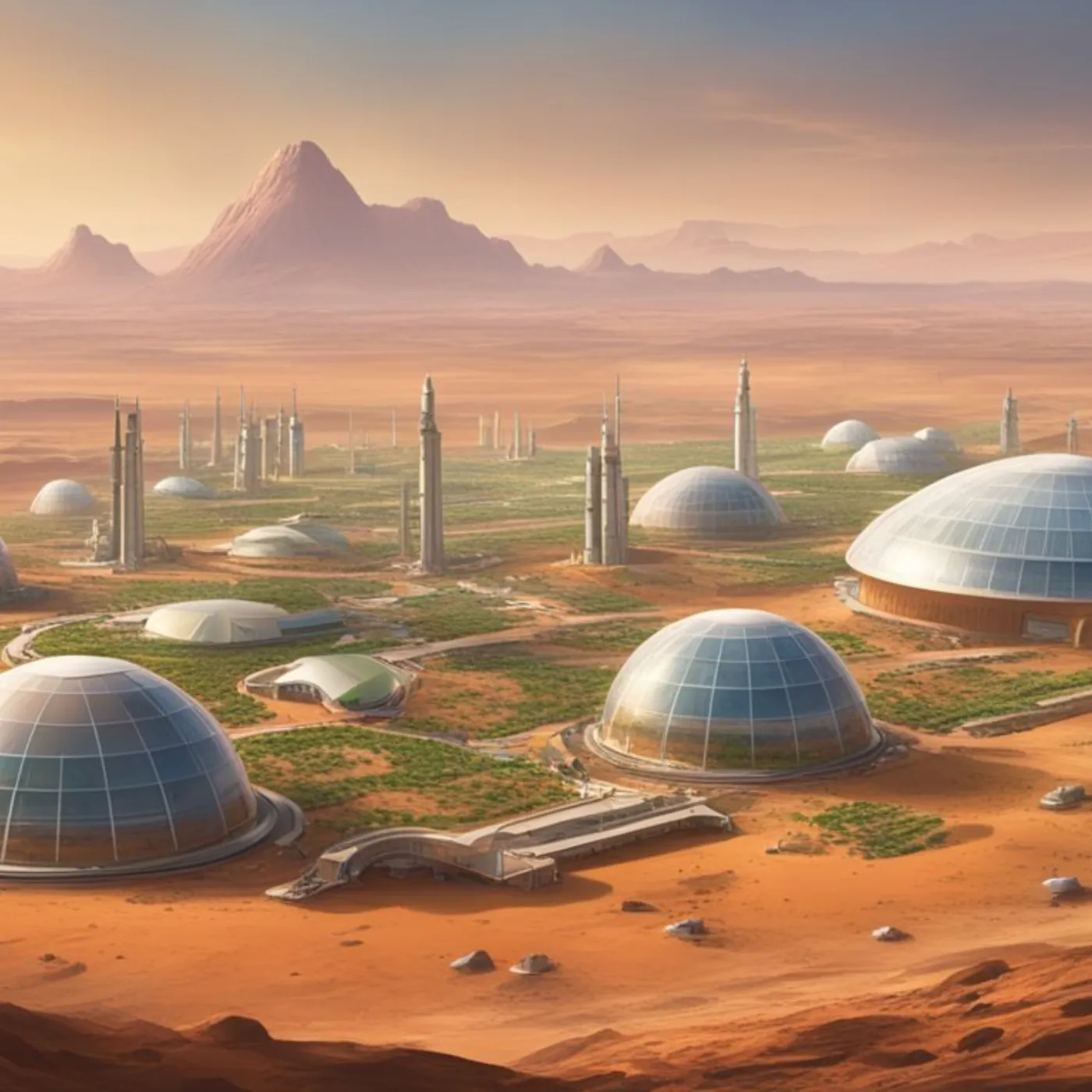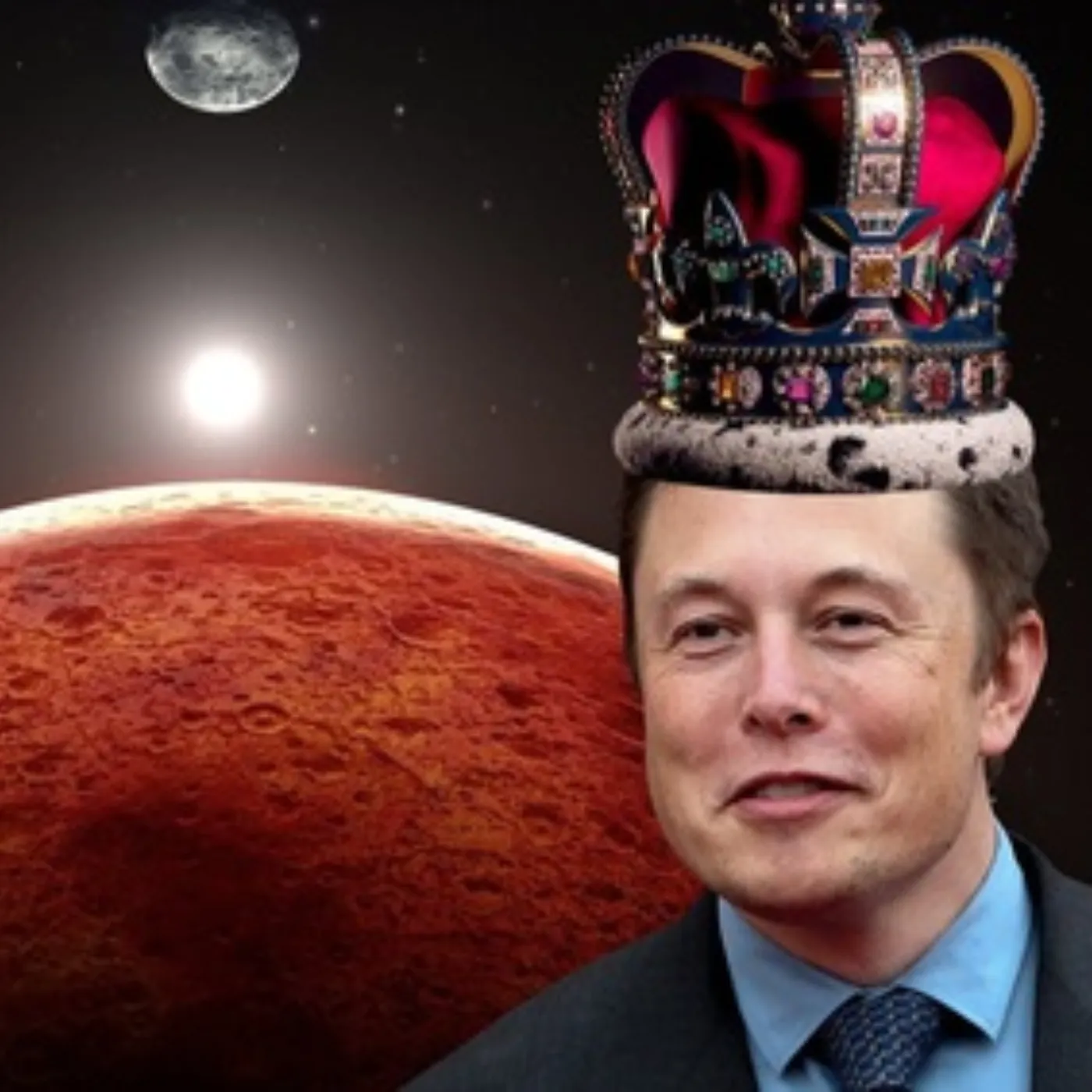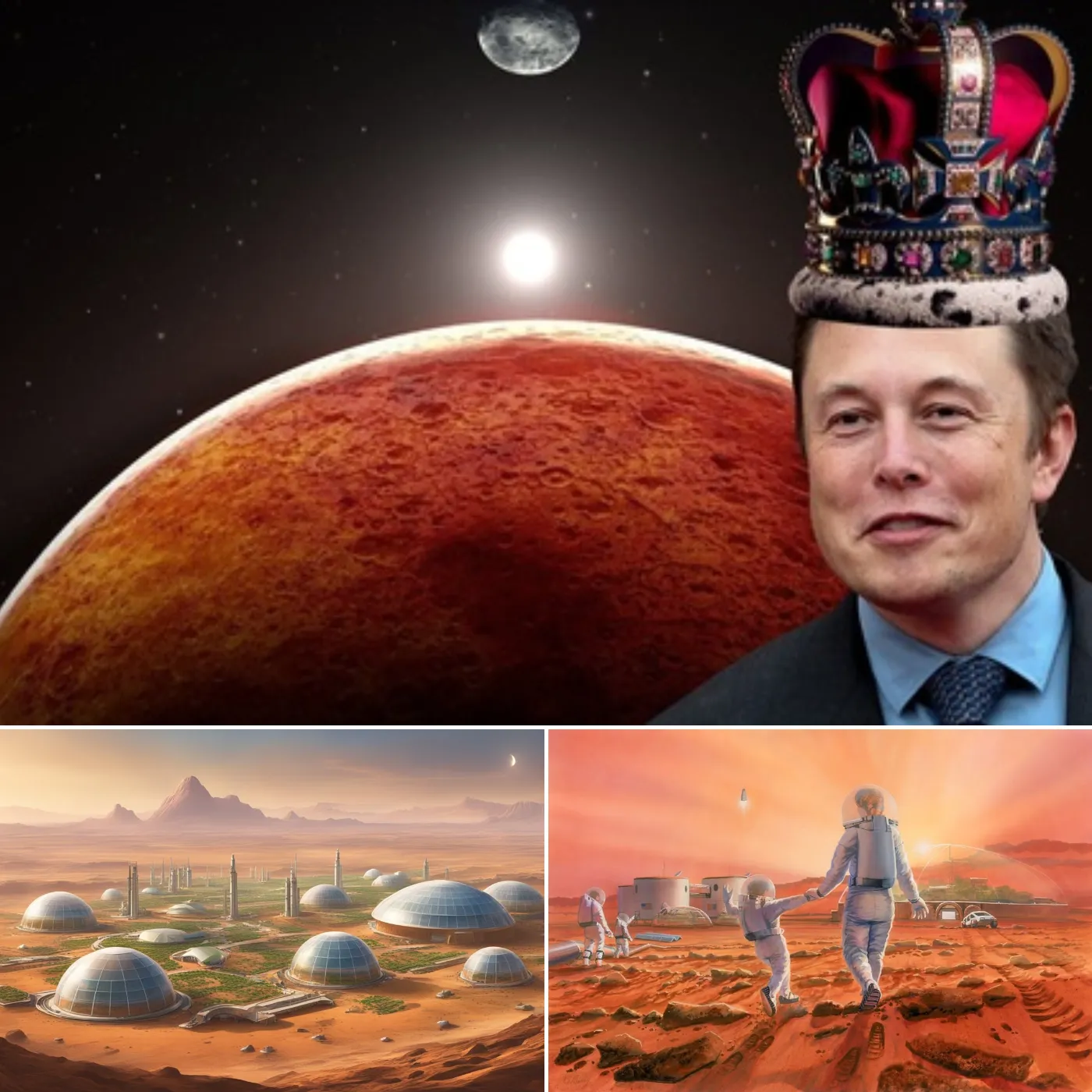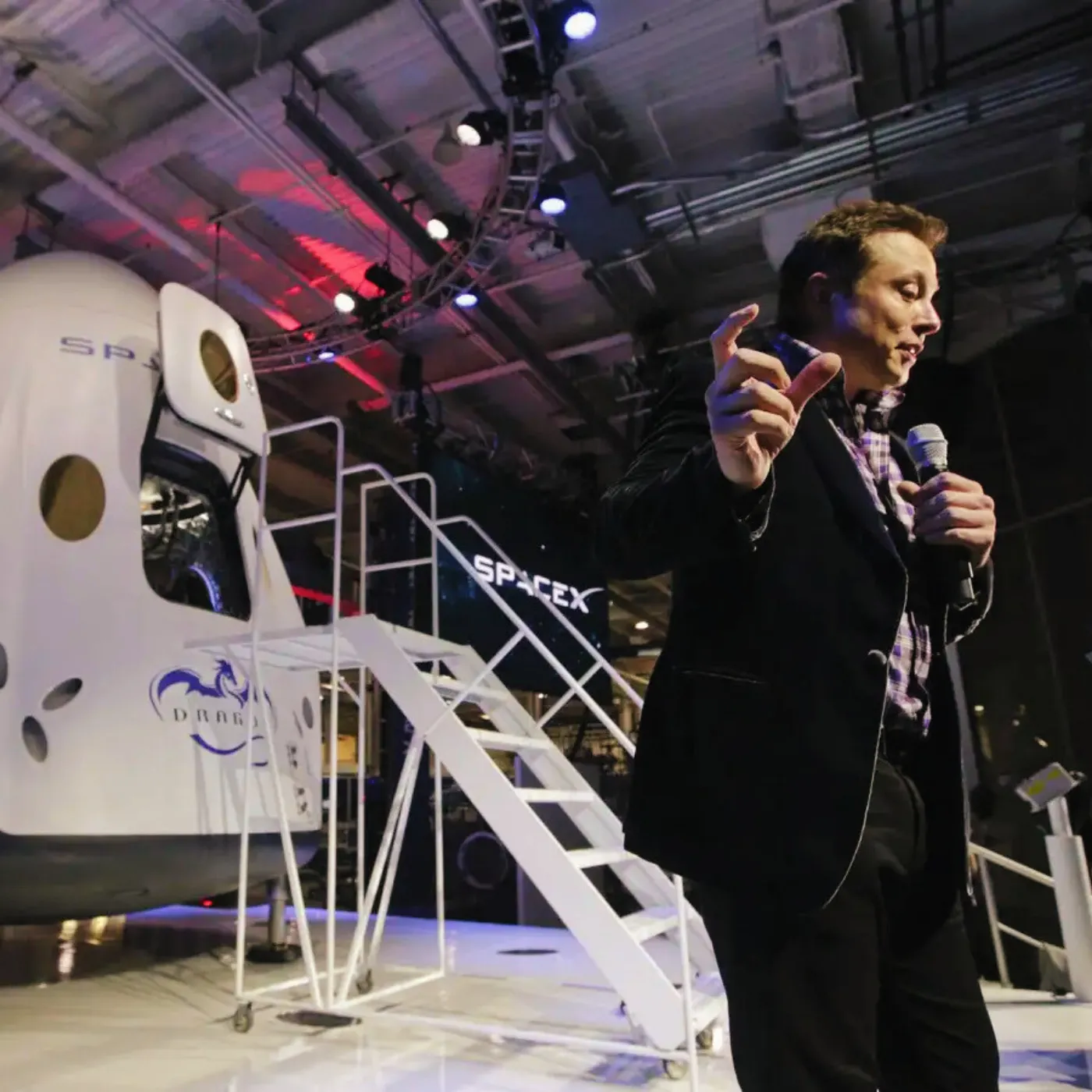Elon Musk’s Mars City: Could Humanity Really Live on the Red Planet?
The idea of humans living on Mars has long been a topic of science fiction, but Elon Musk’s Mars City plans are bringing this futuristic dream closer to reality. As the CEO of SpaceX, Musk has boldly stated his ambition to establish a self-sustaining city on the Red Planet, which could serve as a backup for humanity and a new frontier for exploration. But the question remains: Could humanity really live on the Red Planet? Let’s delve into Musk’s vision, the challenges of living on Mars, and what it would take for this ambitious project to succeed.

Elon Musk’s Vision for Mars
For years, Elon Musk has been vocal about his desire to colonize Mars, seeing it as a necessary step for the survival of humanity. According to Musk, Mars City would serve as a “plan B” for human civilization, offering an opportunity to create a second home in case of disasters on Earth, such as climate change, nuclear war, or other existential threats. Musk believes that building a self-sustaining city on Mars would not only ensure the survival of humanity but also push the boundaries of human innovation and exploration.
Musk’s vision for Mars City is centered around SpaceX’s Starship, which he envisions as the primary spacecraft to transport people and resources to the Red Planet. The Starship, designed to be fully reusable, will be capable of carrying up to 100 people on each trip to Mars. Musk aims to reduce the cost of interplanetary travel, making it affordable for large numbers of people to travel to Mars and eventually establish a thriving community.
The Challenges of Living on Mars
While the concept of humanity living on Mars is exciting, it is far from simple. There are several significant challenges that need to be overcome to make this vision a reality. Here are some of the key obstacles:
Atmosphere and Climate: Mars has a thin atmosphere composed mostly of carbon dioxide, which is not breathable for humans. Additionally, the planet’s average temperature is about -80 degrees Fahrenheit (-60 degrees Celsius), which makes it inhospitable for human life without advanced technology to regulate temperature and provide life support. Creating a controlled environment on Mars, where humans can live comfortably, would require significant advancements in habitat technology.

Radiation Exposure: Unlike Earth, which has a protective magnetic field and atmosphere, Mars lacks the necessary protection from harmful cosmic radiation and solar radiation. Without proper shielding, radiation could pose a serious threat to human health, increasing the risk of cancer and other diseases. Solutions such as underground habitats or protective layers in Martian settlements would be necessary to mitigate this risk.
Sustaining Life: To support a self-sustaining colony on Mars, resources such as food, water, and oxygen would need to be generated on the planet. While water ice has been discovered on Mars, it would need to be extracted and purified. Additionally, growing food in the harsh Martian environment would require innovative agricultural techniques, such as hydroponics, and the development of closed-loop systems to recycle air and water.
Energy Generation: Mars is farther from the Sun than Earth, which means that solar power would be less efficient. Alternative energy sources, such as nuclear power, would likely be necessary to provide sufficient electricity for a Mars city. Building reliable energy infrastructure would be crucial for powering life-support systems, habitats, and other essential facilities.
Transportation and Infrastructure: Transporting people and materials to Mars is an immense challenge. SpaceX’s Starship will be a critical component in the plan to send humans to the Red Planet, but regular transportation of people, goods, and resources will need to be sustainable. Establishing a robust infrastructure, including landing pads, fueling stations, and supplies, will be necessary for long-term success.
What Would Life on Mars Be Like?
If humanity could live on the Red Planet, life would be vastly different from what we know on Earth. The colony would likely start small, with a few hundred or thousand people, but Musk envisions it growing into a self-sustaining metropolis over time. The city would be a blend of cutting-edge technology, innovative architecture, and resourcefulness.
Living on Mars would require advanced life-support systems, where residents could rely on oxygen generators, water recycling systems, and sustainable food sources. Since the planet’s gravity is only about 38% of Earth’s, long-term effects on the human body are still unknown. However, Musk believes that humans could adapt to Mars over time, and advances in medical science could help mitigate any potential issues.
Socially, a Mars City would be a mix of pioneering spirit and scientific exploration. It would be a place where humans push the boundaries of what is possible, working together to create a new society on a distant planet. However, the challenges of isolation, limited resources, and harsh conditions could make life difficult for those who choose to live there.
The Path Forward: How Can Musk’s Vision Become Reality?
For Elon Musk’s Mars City to become a reality, significant progress needs to be made in space exploration technology, infrastructure development, and resource management. SpaceX’s ongoing work with Starship is a crucial step in making Mars travel feasible, and the company has already made significant strides in reducing the cost of space launches. However, there is still much work to be done.
In addition to technological advancements, international collaboration will be key in overcoming the challenges of Mars colonization. Governments, private companies, and research institutions will need to work together to share knowledge, resources, and expertise in order to make Mars settlement possible.

Could humanity really live on the Red Planet? Elon Musk’s vision for a Mars City is an ambitious and groundbreaking plan that has the potential to change the course of human history. While significant challenges remain, the progress being made by SpaceX and other space organizations is making Musk’s dream more plausible than ever before. As technology advances and new discoveries are made, it may not be long before humans take their first steps on Mars, starting the next chapter in humanity’s exploration of the cosmos. Only time will tell if Elon Musk’s Mars City will become the new home for humanity, but for now, the dream is alive, and the future is full of possibilities.




Post Comment